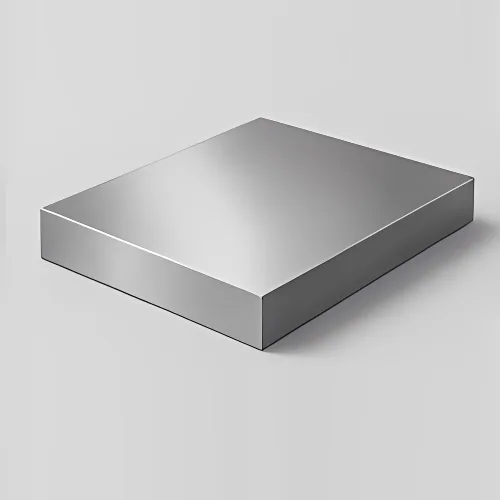
304L Stainless Steel Plate
Keywords: 304L,
Standard: ASTM, AISI, DIN, EN, GB, JIS
Technique: Hot Rolled/Cold Rolled/Galvnized
Processing Service: Welding, Punching, Cutting
Available Size Range: Click here
Volume: 0
Get A Quote
Keywords: 304L,
Standard: ASTM, AISI, DIN, EN, GB, JIS
Technique: Hot Rolled/Cold Rolled/Galvnized
Processing Service: Welding, Punching, Cutting
Available Size Range: Click here
Volume: 0
Get A QuoteWeld Zone Immunity
No post-weld carbide precipitation even at 450–800°C (per ASME Section VIII).
Multi-Industry Compliance
Meets FDA 21 CFR, EHEDG, and 3-A Sanitary Standards for food/pharma surfaces.
Adaptive Surface Tech
Electropolished (Ra ≤0.25µm) or passivated (Citric/Nitric acid options).
| Scenario | 304L Plate | Alternative (316L) |
|---|---|---|
| Nitric Acid (10%, 80°C) | 0.02mm/year corrosion rate | 0.05mm/year (overkill cost) |
| Weld Durability | No intergranular cracking at 15% strain | Requires post-weld heat treatment |
| Lifecycle Cost | $2.8/kg (10mm thick, annealed) | $4.5/kg (unnecessary for most media) |
| Lead Time | 7–10 days (stocked in EU/US/Asia hubs) | 14–21 days (low-volume alloy) |
1. Food & Beverage
Fermentation tanks (pH 3–12 resistant)
Conveyor belts for salty/sugary products
2. Medical Device Manufacturing
MRI machine frames (non-magnetic after annealing)
Sterilizable surgical tray components
3. Chemical Transport
Rail tanker liners for liquid fertilizers
Ethanol storage dividers
4. Architectural Longevity
Coastal balcony railings (5km+ from shore)
Underground parking ventilation ducts
Amsterdam Brewery Co.: “304L electropolished plates slashed tank cleaning time by 35%.”
Singapore Pharma Hub: “Zero contamination in 200+ autoclave cycles.”
Texas Chemical Logistics: “Replaced 316L in urea transport—saved $120k annually.”
Q: How to restore corrosion resistance after welding?
A: Optional local passivation (20% nitric acid dip, 30min @ 50°C).
Q: Maximum operating temperature for continuous service?
A: 870°C (intermittent) | 425°C (continuous with <0.5% scaling).
Q: Can 304L replace 316L in coastal architecture?
A: Yes beyond 5km from shoreline—use 316L within 2km.
Q: Minimum order for custom passivation?
A: 500kg for citric acid | 1 ton for nitric acid treatment.
Products
Phone